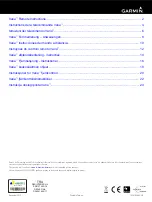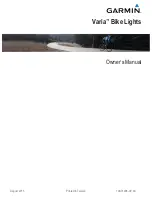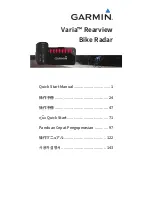
PLAN YOUR WORK
Page 2
Before you operate, know how and where you will travel, turn
and pickup, lift and place loads.
Choose a smooth level route to prevent possible tipover or loss
of load. If possible, avoid crossing:
•
Ruts
•
Ditches
•
Curbs
•
Exposed Railroad Tracks
When these conditions cannot be avoided, keep the load
as low as possible and travel
very slowly
and with
extreme caution.
Know where there are any blind corner conditions on the
worksite. Before turning a blind corner, stop, sound your horn,
and proceed slowly.
Always maintain safe distances between your tractor and other
equipment that may be on the worksite.
Know the weights of all loads you may be expected to trans-
port before attempting to lift them. Avoid loads of loose
material if possible. Check that loads are properly banded or
strapped together.
If you will be placing loads at high elevations, remember your depth perception is decreased
because of distance. Use a signal person near the point where the load is to be placed.
Know the rules for movement of people and forklifts on the worksite. Slow down and sound your
horn, making sure that your approach has been acknowledged by those in your path. Stop your
forklift until your presence has been recognized or until the path is clear.
Insure that adequate clearance is provided between both rear tail swing and front fork swing of the
forklift to avoid injury to personnel or damage to objects nearby.
REMEMBER:
•
Be Alert
- Knowing that conditions can change.
•
Use Common Sense
- Showing that you are a responsible operator.
•
Be a Defensive Operator
- Preventing accidents before they happen.
































